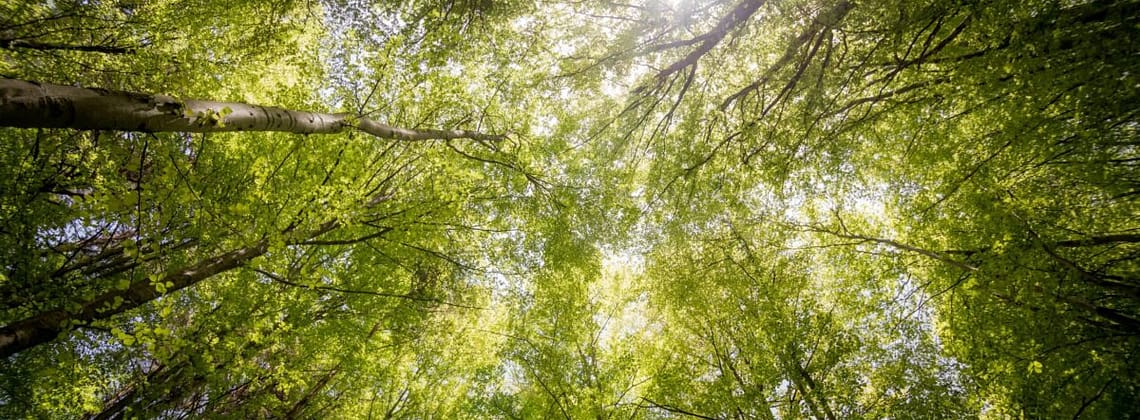
In 2021, Australian filmmaker Beau Miles set out on a challenge that sounded more like an endurance test than a conservation project: plant one tree every minute for 24 hours straight. By the time the clock ran out, he had planted 1,440 saplings across a patch of farmland in West Gippsland, Victoria.
Four years later, that experiment has become a thriving young forest.
According to The Guardian, the site is now home to nine-meter-tall she-oaks, flowering gums, and a host of wildlife, including nesting birds, wombats, and even a tiger snake weaving through the grass. What was once bare farmland is now a living canopy that not only provides habitat but also stores carbon and strengthens biodiversity. Read the full story here.
Miles admitted the effort was “bloody hard.” By the time he reached tree number 1,000, fatigue nearly stopped him in his tracks. But persistence—and a short nap—saw him through to the finish. For him, the reward came years later, boiling tea under the shade of his own forest.
As Arboreal Advocate Kevin Loewen often stresses, these stories highlight the impact of long-term, hands-on care. Planting is only the first step. True forest recovery requires time, patience, and a willingness to nurture ecosystems as they grow. This project illustrates that even small-scale, individual actions can transform areas when given the chance to take root.
And the work isn’t over. Miles is preparing to double the size of his forest this October, funded in part by his YouTube channel. The next phase will expand habitat corridors and further strengthen the environment against climate pressures.
Efforts like this demonstrate how grassroots action can complement broader conservation goals. One person with a shovel and determination has proven that meaningful reforestation doesn’t always start with large institutions—it can start with an idea and persistence.

Leave a Reply